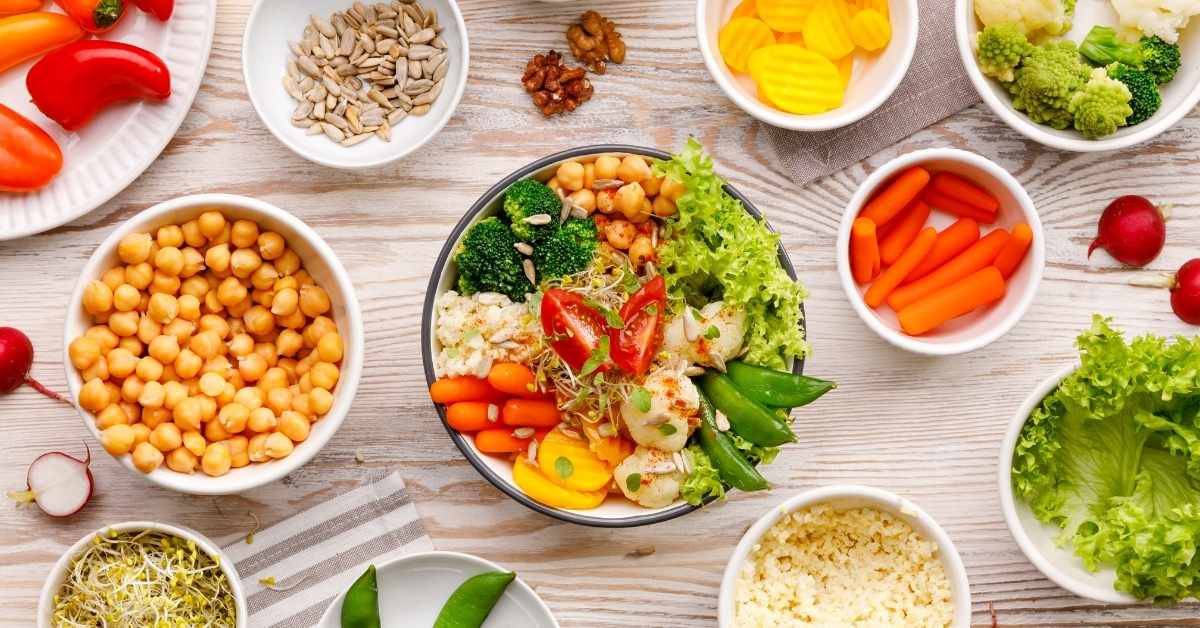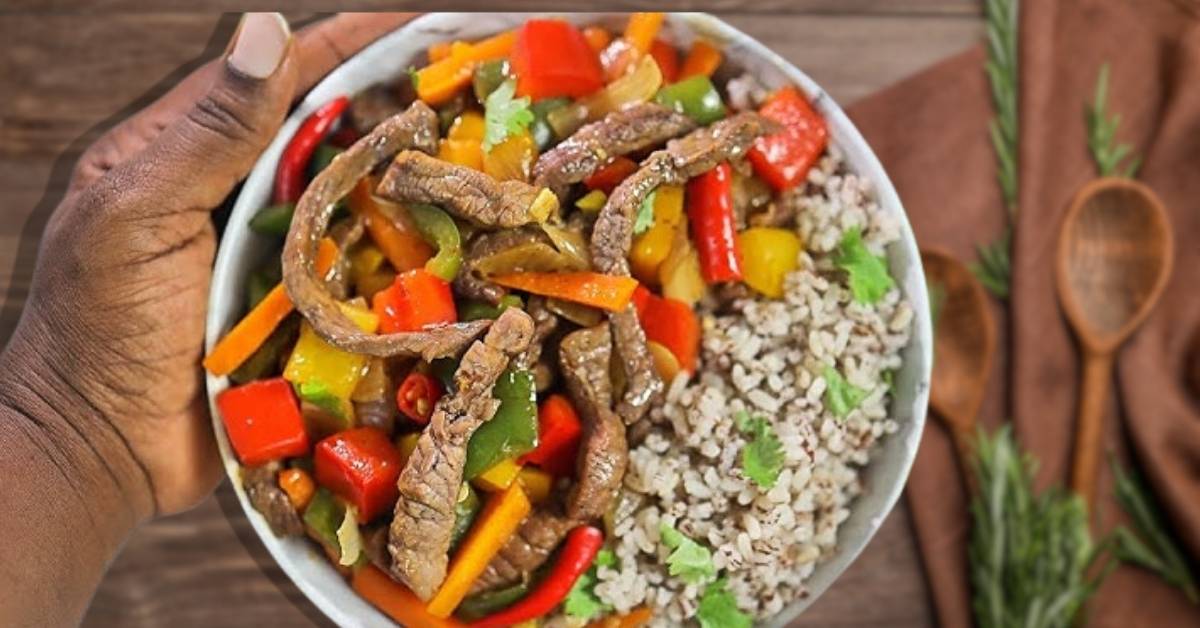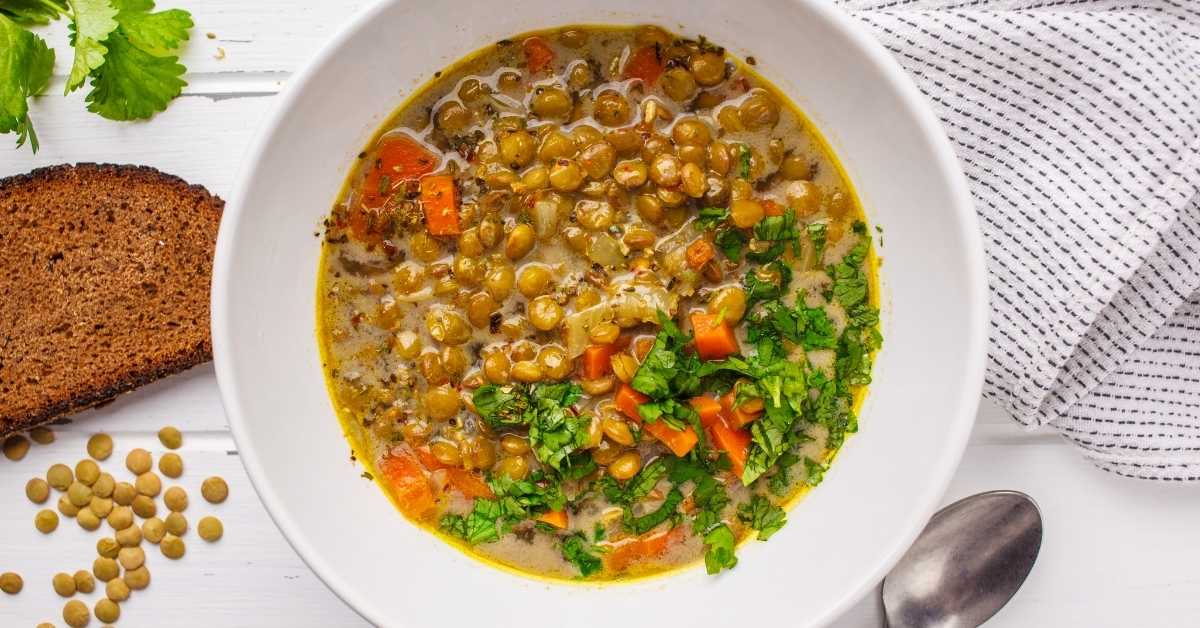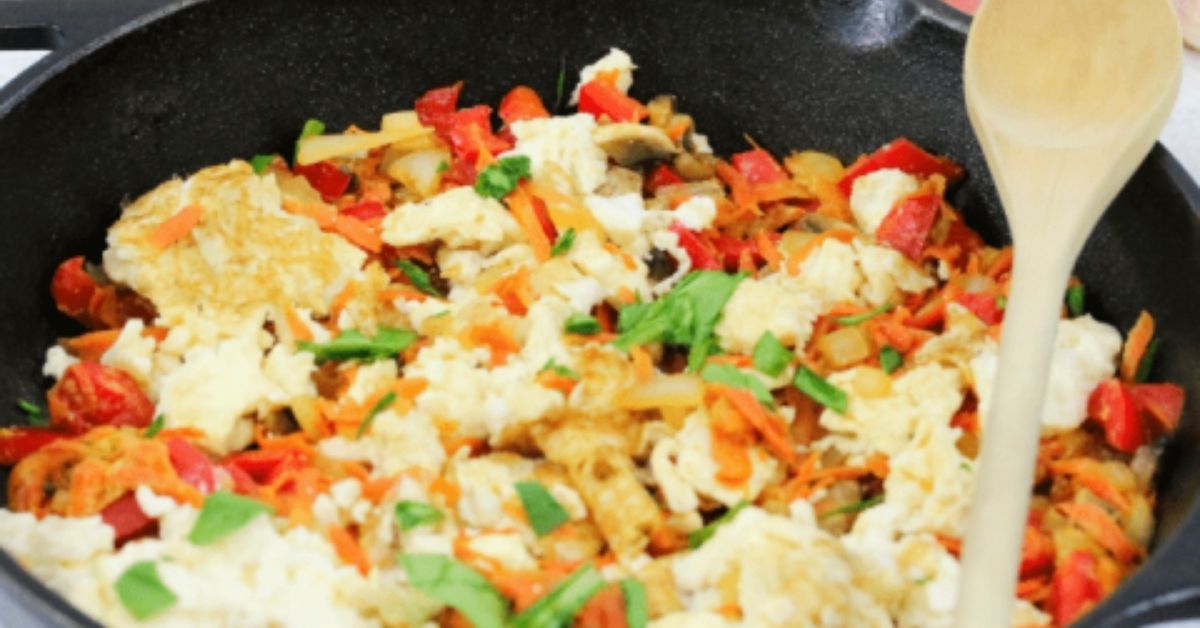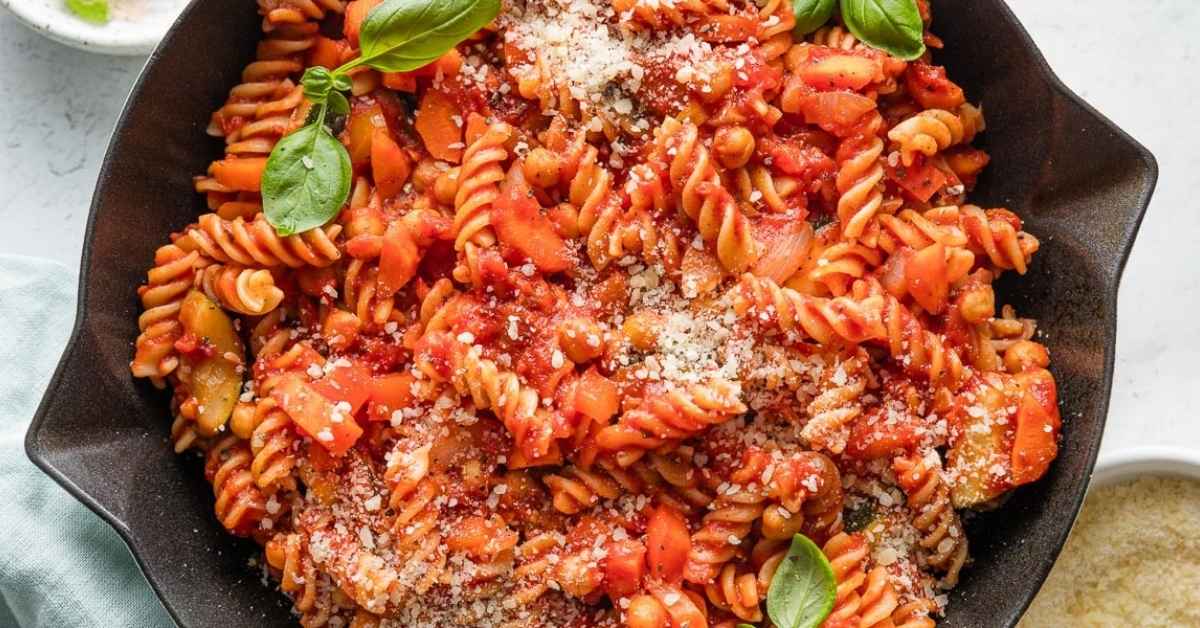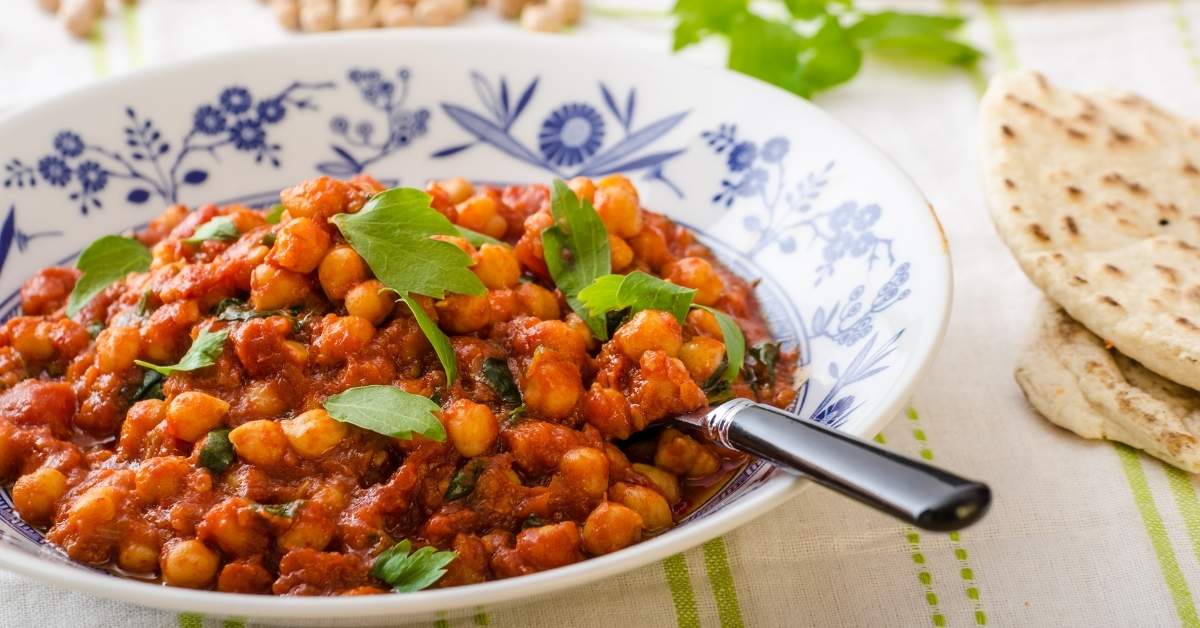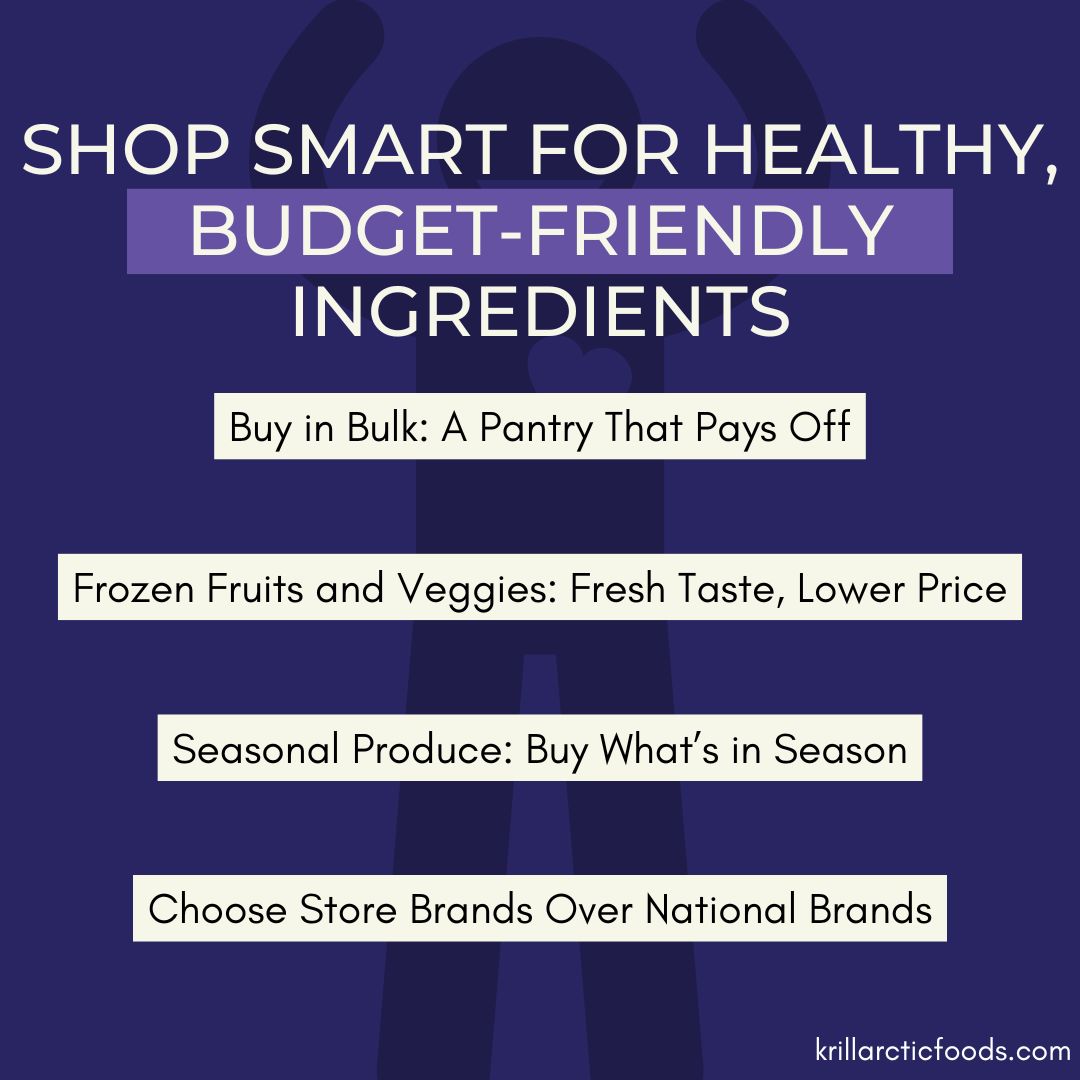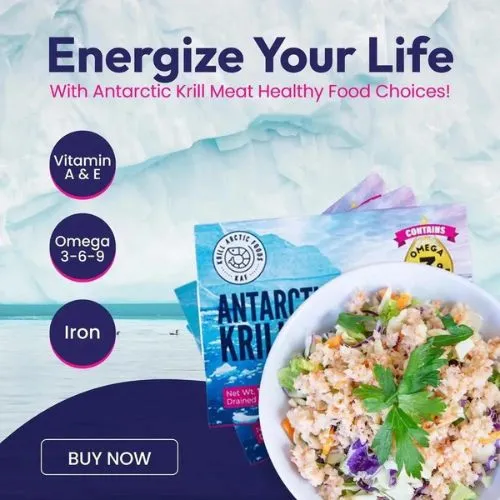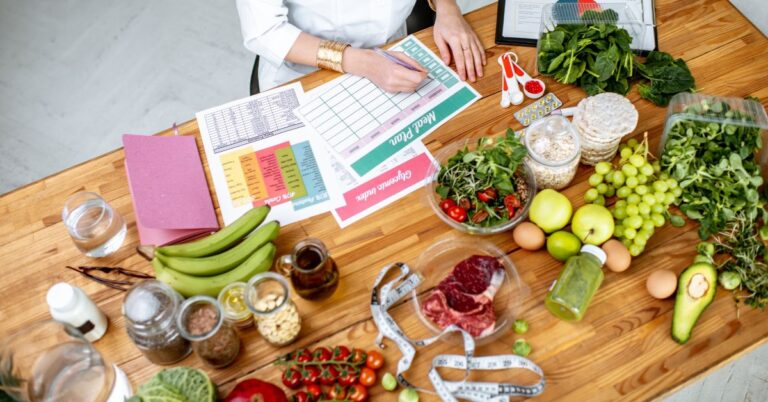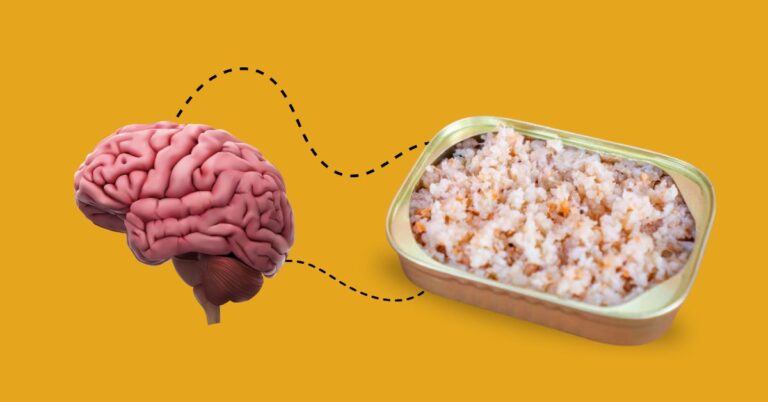When we see the rising cost of groceries, especially for fresh produce, organic items, and lean proteins, it’s easy to understand why this misconception exists. It seems like everywhere we look, processed and unhealthy foods are cheaper, more convenient, and easier to find. As a result, it’s common to feel like staying on a budget and eating nutritious meals are two goals that don’t mix.
However, this isn’t the full picture. With some simple planning and smart choices, you can prepare wholesome, balanced meals without breaking the bank. In fact, many affordable ingredients like beans, whole grains, frozen vegetables, and eggs are incredibly nutritious. It’s about knowing how to shop wisely, make use of cost-effective ingredients, and plan meals in a way that stretches your dollar further without sacrificing quality or flavor.
Staple Ingredients for Budget-Friendly Healthy Meals
Eating healthy on a budget starts with stocking up on versatile, affordable staples that are both nutritious and easy to incorporate into your meals. These key ingredients not only stretch your grocery budget but also provide the foundation for countless delicious dishes. Let’s explore a few staples every kitchen should have:
- Beans and Legumes
Beans, lentils, and chickpeas are nutritional powerhouses. They’re rich in protein and fiber, incredibly versatile, and cost just pennies per serving. Use them in soups, stews, salads, or even as a base for dips like hummus. - Whole Grains
Rice, oats, quinoa, and barley are filling and packed with fiber. Whole grains make for a perfect base for many meals—whether it’s stir-fries, salads, or breakfast bowls. Their long shelf life also makes them an economical choice. - Eggs
Eggs are a budget-friendly source of protein that can be used for any meal of the day. They’re quick to cook and adaptable—whether scrambled, boiled, or used in baking. Eggs provide a satisfying, affordable option for breakfast, lunch, or dinner. - Frozen Vegetables
Frozen vegetables are just as nutritious as fresh ones and are often much cheaper, especially when certain veggies are out of season. They’re perfect for stir-fries, casseroles, and soups, and help reduce food waste since they last longer in the freezer. - Krill Meat
Krill meat is a nutrient-rich seafood option that’s both affordable and packed with omega-3s. It’s a great alternative to pricier seafood options like shrimp or salmon and works well in dishes like tacos, salads, or stir-fries. - Canned Tomatoes
Canned tomatoes are a pantry staple that can add flavor and nutrition to many dishes. They’re inexpensive and versatile, making them a great base for sauces, soups, or stews.
Stocking your pantry with these budget-friendly ingredients ensures you always have the building blocks for healthy meals. By planning your meals around these staples, you can enjoy nutritious, satisfying dishes without overspending.
Five Quick and Budget Friendly Healthy Meal Ideas
Quick, affordable, and nutritious meals are possible without relying on pricey “superfoods” or trendy diets. With simple ingredients and easy recipes, you can create meals that fuel your body without breaking the bank. Whether cooking for yourself or meal prepping, healthy eating on a budget is within reach using what you already have.
Below are some tried-and-true meal ideas perfect for anyone looking to eat healthy on a budget.
1. Vegetable Stir-Fry with Brown Rice and Krill Meat
Think of a stir-fry as the ultimate “clean out the fridge” meal. Got a random carrot, half a bell pepper, or some frozen veggies sitting around? Toss them into a hot pan, add a simple sauce, and you’ve got dinner in no time. For an added boost of protein and omega-3s, toss in some krill meat. This meal is packed with nutrients, and brown rice provides long-lasting energy thanks to its high fiber content.
Why it works: Stir-fries are fast, adaptable, and can easily accommodate affordable, nutritious ingredients like krill meat, which adds a light, seafood flavor while packing in protein.
Pro Tip: Buy vegetables in bulk or use frozen options. They’re just as nutritious and last longer, helping you reduce waste and save money. Krill meat can be a great substitute for shrimp or chicken, providing a budget-friendly seafood option.
2. Lentil and Krill Meat Soup
If you’ve never cooked with lentils before, you’re missing out on one of the most affordable and nutritious ingredients available. Lentils are rich in protein and fiber, making them a fantastic way to bulk up soups. For extra flavor and protein, consider adding krill meat to the mix. Krill adds a seafood twist to this comforting classic while still keeping the meal affordable.
Why it works: Lentils and krill meat both offer excellent nutritional value without a hefty price tag. Krill’s light texture pairs well with the heartiness of lentils, creating a balanced, protein-rich soup that’s easy on the wallet.
Pro Tip: Lentils don’t need to be soaked like other dried beans, making them ideal when you’re short on time. Pair this soup with some crusty bread, and you’ve got a filling meal that feels gourmet without the high price.
3. Egg, Veggie, and Krill Meat Scramble
Eggs are the ultimate budget-friendly protein. Whether you’re making breakfast, lunch, or dinner, a simple egg scramble with vegetables is a quick way to get a healthy meal on the table. For an extra protein boost, toss in some krill meat with your scrambled eggs and veggies. This combination turns a simple scramble into a nutrient-dense meal any time of day.
Why it works: Eggs and krill meat are both affordable protein sources that complement each other. The light seafood flavor of krill combined with the richness of eggs and veggies makes for a satisfying meal that’s packed with nutrition.
Pro Tip: Don’t limit eggs to breakfast! This scramble is just as satisfying for dinner, especially when paired with whole grain toast or a slice of avocado.
4. Pasta with Marinara, Sautéed Veggies, and Krill Meat
When people think of pasta, they often imagine something heavy or indulgent. But when you pair whole wheat pasta with a simple marinara sauce, sautéed vegetables, and krill meat, it transforms into a balanced, healthy meal that won’t break the bank.
Why it works: Pasta is affordable and endlessly adaptable. By adding krill meat to your marinara sauce, you get an extra boost of protein and omega-3s without adding significant cost, turning a simple dish into a nutritious, satisfying meal.
Pro Tip: Make your own marinara sauce with canned tomatoes, garlic, and herbs for a budget-friendly, homemade touch. You can also batch-cook this meal and save the leftovers for lunch the next day.
5. Chickpea and Krill Meat Salad
Chickpeas, also known as garbanzo beans, are packed with protein and fiber, making them a great base for salads. A quick chickpea salad, tossed with fresh veggies, and krill meat creates a refreshing, satisfying meal that’s easy on the wallet and perfect for warm weather.
Why it works: Canned chickpeas are cheap, convenient, and ready to use right out of the can. Mixing them with krill meat adds a unique seafood flavor, making this salad both protein-packed and delicious.
Pro Tip: For extra flavor, drizzle with a homemade lemon-olive oil dressing and sprinkle in some herbs like parsley or cilantro. This salad stores well in the fridge, making it perfect for meal prep.
Healthy Snacks on a Budget
Snacking can often feel like a trap for those trying to eat healthy on a budget, especially with so many processed options marketed as “convenient” but often costing a premium. The good news? You don’t have to spend a fortune to enjoy snacks that are both nutritious and affordable.
If you’re tired of overpriced energy bars or fancy, packaged treats, here are some simple, budget-friendly snack ideas that won’t break the bank:
1. Homemade Popcorn
Popcorn is a classic, low-cost snack. Skip the expensive pre-packaged bags and make it yourself at home. All you need are kernels and a bit of oil, and you’ve got a healthy, crunchy snack ready in minutes. Season it with a pinch of salt, spices, or nutritional yeast for a cheesy flavor.
2. Fruit with Peanut Butter
Pairing fruits like apples or bananas with a dollop of peanut butter creates a snack that’s both satisfying and nutritious. The natural sweetness of the fruit combined with the protein and healthy fats in peanut butter makes this a go-to option when you need something quick and filling.
3. Veggies with Hummus
Buying pre-made hummus can get pricey, but making your own at home is easy and inexpensive. Blend chickpeas with olive oil, garlic, lemon, and a pinch of salt, and you’ve got a healthy dip perfect for carrots, cucumbers, or bell pepper slices.
4. Hard-Boiled Eggs
Eggs are one of the most budget-friendly protein sources available. Hard-boiling a few eggs at the beginning of the week ensures you have a quick, protein-packed snack on hand whenever hunger strikes. Plus, they’re portable and easy to prep.
5. DIY Trail Mix
Pre-made trail mix can be expensive, but you can make your own using affordable ingredients like mixed nuts, seeds, dried fruit, and even a handful of dark chocolate chips. This snack is full of protein, healthy fats, and fiber—perfect for keeping you energized throughout the day.
6. Greek Yogurt with Toppings
Buying large tubs of plain Greek yogurt is more affordable than single-serve containers. Add honey, granola, or fresh fruit for an easy, protein-packed snack that satisfies your sweet tooth and keeps you full.
By making a few simple, budget-friendly swaps, you can snack smarter without overspending. These ideas not only help you stay healthy but also prove that wholesome snacks can be affordable and easy to make.
How to Avoid Food Waste When Eating on a Budget
Food waste can feel like throwing money in the trash—something no one wants, especially when trying to stick to a budget. Yet, it’s easy for leftovers to pile up or for produce to go bad before you get the chance to use it. The good news is that with a few simple habits, you can reduce food waste and make the most of your grocery dollars.
Here are some practical tips to help you avoid food waste while staying budget-friendly:
1. Plan Your Meals Around What You Already Have
Before heading to the grocery store, take stock of what’s already in your fridge and pantry. Planning meals around what you already have reduces the chance of forgetting about those leftover veggies or that can of beans. This approach ensures everything gets used before it goes bad, saving you both time and money.
2. Make the Freezer Your Friend
Freezing isn’t just for leftovers—it’s perfect for preserving fruits, vegetables, and even prepared meals. Got berries that are starting to turn soft? Toss them into a freezer bag for smoothies later. Overripe bananas? Freeze them for banana bread or oatmeal. Freezing helps extend the life of ingredients and ensures you always have something on hand when you need it.
3. Love Your Leftovers
If the thought of eating the same meal twice sounds boring, think of leftovers as an opportunity to get creative. Last night’s roasted veggies can be tossed into a salad, a stir-fry, or even scrambled with eggs. By reinventing leftovers, you reduce waste and get more out of each meal.
4. Get Creative with “Scraps”
Many parts of fruits and vegetables that often end up in the trash can actually be used in cooking. Carrot tops can be turned into pesto, and broccoli stems can be sliced and sautéed. Even bones from meat or chicken can be boiled to make homemade broth. Not only does this help reduce waste, but it also stretches ingredients further.
5. Practice Portion Control
Cooking more than you need can lead to unnecessary waste if leftovers aren’t eaten in time. By practicing portion control and cooking only what you need, you can avoid having too much food on hand. If you’re meal prepping, portion meals into individual servings for easy access throughout the week.
Reducing food waste not only helps you save money but also makes the most of every ingredient you buy. By planning meals thoughtfully, embracing leftovers, and using your freezer wisely, you can stretch your grocery budget further and cut down on waste.
How to Shop Smart for Healthy, Budget-Friendly Ingredients
Now that you have some affordable meal ideas, the next step is learning how to shop smart to make those meals a reality. Most of us have stood in the grocery aisle, staring at prices, wondering how to balance a healthy diet with a tight budget. The truth is, eating well doesn’t have to cost an arm and a leg—you just need a strategy.
Whether you’re feeding a family or shopping for yourself, these tips will help you make better choices, save money, and eat nutritiously without feeling overwhelmed.
Buy in Bulk: A Pantry That Pays Off
Buying in bulk is like having a safety net in your pantry. Whole grains, beans, lentils, and other staples can be bought in larger quantities. While it may feel like you’re spending more upfront, the savings add up quickly. These items are shelf-stable, meaning they won’t go bad anytime soon, and they form the backbone of countless meals.
Think of it this way: a bag of dried lentils or rice may cost more than a single can of beans or a box of pre-cooked rice, but the number of meals you’ll get from that one bag is staggering. A small investment in bulk now can lead to weeks of meals, whether you’re making soups, stews, or side dishes.
- Example: Let’s say you buy a 5-pound bag of brown rice. It may feel hefty, but now you’ve got a base for stir-fries, burrito bowls, or even side dishes for weeks—at pennies per serving.
- Actionable Tip: Start with basics like rice, oats, or dried beans. These ingredients can be the foundation of multiple meals. And don’t be afraid to check out warehouse clubs or even the bulk bins at your local grocery store. You don’t have to buy massive quantities—just what you need, and you’ll still save.
Frozen Fruits and Veggies: Fresh Taste, Lower Price
If you’ve ever watched fresh produce spoil before you had a chance to use it, you’re not alone. It’s one of the most frustrating parts of trying to eat healthy, and it can feel like money wasted. That’s why frozen fruits and vegetables are such lifesavers.
Frozen produce is often picked and frozen at peak ripeness, meaning it retains most of its nutrients. You’re not sacrificing quality; in fact, in many cases, you’re ensuring that your fruits and veggies are just as good as fresh—without the ticking clock of spoilage.
- Example: Think about a bag of frozen spinach. Fresh spinach wilts quickly, but frozen spinach can be tossed into soups, smoothies, and sautés whenever you need it—no rush. You’ll always have a green option on hand without worrying about it going bad in a few days.
- Actionable Tip: Stock up on frozen staples like broccoli, peas, berries, and spinach. They’re perfect for smoothies, stir-fries, and soups. Plus, since they’re pre-chopped and ready to go, they save you time as well as money.
Seasonal Produce: Buy What’s in Season
Ever notice how certain fruits and vegetables seem to cost an arm and a leg during certain times of the year? That’s because when produce is out of season, it’s often shipped from far away, which drives up the price. By sticking to what’s in season, you can enjoy fresh produce at a much lower cost.
Seasonal produce tends to be more flavorful, too. Fruits and vegetables that are in season are picked at their peak, which means better taste and better nutrition.
- Example: In summer, you’ll find berries, tomatoes, and zucchini at their lowest prices. But in winter, root vegetables like carrots, sweet potatoes, and squash take center stage. By aligning your meals with what’s in season, you not only save money but also enjoy more flavorful ingredients.
- Actionable Tip: Keep a list or app handy that tells you what’s in season. Many grocery stores also advertise sales on seasonal produce, making it easy to find good deals. When certain fruits and veggies are at their peak, consider buying extra and freezing them for later.
Choose Store Brands Over National Brands
Brand loyalty can cost you. Many times, the store-brand version of a product is nearly identical to the more expensive, branded item sitting right next to it on the shelf. In fact, in many cases, it’s made by the same manufacturer. The difference? You’re not paying for fancy packaging and a big brand name.
By going for generic or store brands on pantry staples like flour, sugar, pasta, or canned goods, you can shave off a significant portion of your grocery bill without sacrificing quality.
- Example: Let’s say you’re buying canned tomatoes. The store-brand option might be a dollar less than the national brand, but the taste and quality are nearly identical. When you consider how often you buy pantry staples like these, the savings add up fast.
- Actionable Tip: Start with non-perishables like pasta, rice, and canned goods. Test out a few store-brand options, and you’ll likely find they meet your needs just as well. The money you save here can go toward fresh ingredients or even a splurge item every now and then.
Shopping smart doesn’t mean giving up on the foods you love—it means making choices that stretch your dollar further while keeping your meals healthy and delicious. By buying in bulk, embracing frozen options, focusing on seasonal produce, and opting for store brands, you’re not just shopping smarter—you’re setting yourself up for a more sustainable and affordable approach to healthy eating.
Conclusion
Eating healthy on a budget may feel like an uphill battle, but with the right approach, it becomes a lot easier—and more enjoyable. Many people believe that eating well means spending more money, but that’s simply not the case. The truth is, with a few smart shopping habits and a little bit of planning, anyone can eat nutritiously without overspending.
Let’s start with a common question: How can you balance a tight budget with nutritious food choices? Think of it like this: your grocery list is your game plan, and the ingredients you choose are your key players. By focusing on simple, affordable staples and getting creative in the kitchen, you can enjoy healthy, delicious meals that don’t cost a fortune.
FAQs
Is it really possible to eat healthy on a budget?
Absolutely! With some planning and smart shopping strategies, you can make nutritious meals without overspending. By focusing on affordable staples like whole grains, beans, and seasonal produce, and buying in bulk, you can eat well and stay within your budget.
How do I save money on fruits and vegetables?
To save on produce, opt for frozen fruits and veggies, which are just as nutritious as fresh. You can also buy seasonal produce when it’s at its cheapest and most flavorful. Consider buying in bulk and freezing extras for later use.
What are some easy, budget-friendly meal ideas?
Some simple and affordable meal ideas include vegetable stir-fries with brown rice, lentil soup, egg and veggie scrambles, pasta with marinara and sautéed veggies, and chickpea salad. These dishes use basic, low-cost ingredients and are quick to prepare.
What is krill meat, and is it affordable?
Krill meat is a nutrient-rich, budget-friendly seafood option packed with omega-3 fatty acids and protein. It’s more affordable than many other seafood options like salmon or shrimp, and it’s also sustainable. You can use krill meat in dishes like stir-fries, salads, or even tacos.

